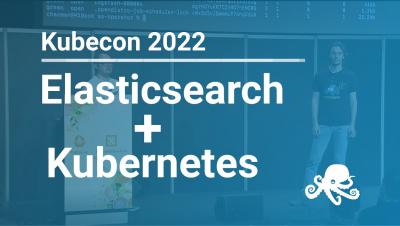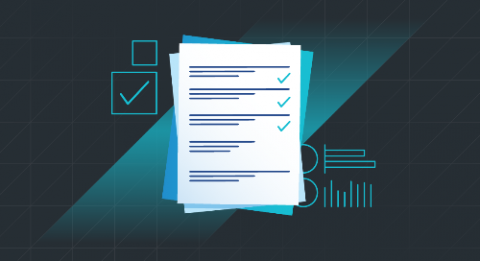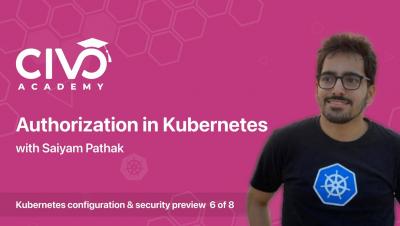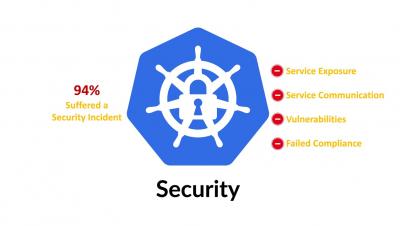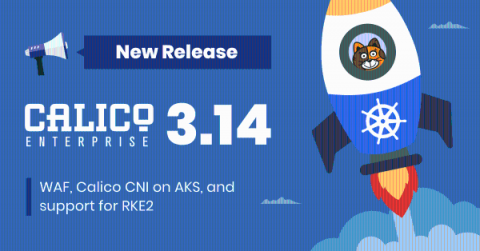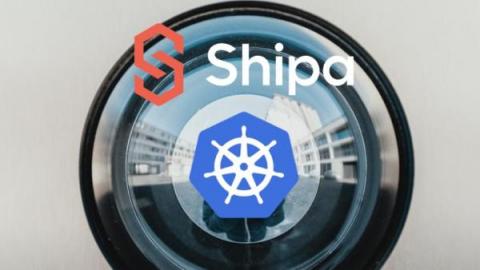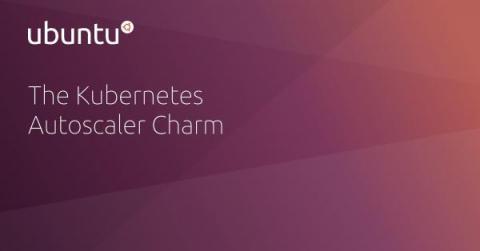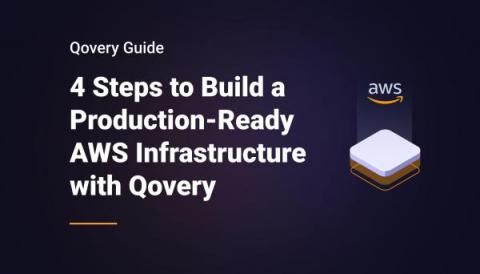Operations | Monitoring | ITSM | DevOps | Cloud
Containers
The latest News and Information on Containers, Kubernetes, Docker and related technologies.
Your First Shipa Canary Deployment(s)
Lineage to the saying “canary in a coal mine”, the canary deployment/release methodology is an incremental release focused on safety. If the canary does not pass, the deployment does not continue or is rolled back. Taking a jog down memory lane, like Kubernetes the Hard Way, a few years ago a canary deployment in Kubernetes was quite the undertaking.
Software Bill of Materials: A Key Ingredient for Healthy Software
The software bill of materials, often referred to as an SBoM or BOM, has gained a tremendous amount of popularity in the past year and a half. It’s mentioned in the US White House’s 14028 Executive Order and is referenced in innumerable secure software supply chain articles. While the SBoM has been around for many years, awareness and adoption seems to be hitting an inflection point.
How Authorization Works in Kubernetes - Civo Academy
Application security insights for Kubernetes
What's new in Calico Enterprise 3.14: WAF, Calico CNI on AKS, and support for RKE2
At Tigera, we strive to innovate at every opportunity thrown at us and deliver what you need! We have listened to what users ask and today we are excited to announce the early preview of Calico Enterprise 3.14. From new capabilities to product supportability and extending partnerships with our trusted partners, let’s take a look at some of the new features in this release.
Kubernetes Security 101 For Developers - More Than Locking You Out Of Kubectl
Security can certainly be a broad brush topic. As a software engineer, you design and build to the best of your ability. In delivery methodologies of years gone by, sometimes security can be viewed as an afterthought e.g running security testing last before deploying. Today with the DevSecOps movement, one more set of concerns moves left towards the developer which is now security.
The Kubernetes Autoscaler Charm
Managing a Kubernetes cluster is a complex endeavor. As demands on a cluster grow, increasing the number of deployed pods can help ease the load on the system. But what do you do when you run out of nodes to host those pods, or when the load decreases and some nodes are no longer needed? Manually adding or removing nodes is possible, but wouldn’t it be better if there was a way to automate that task? Fortunately, that’s exactly what the Kubernetes Autoscaler charm is for!
Simplify Your Cloud-Native Development Workflow With These DevOps Principles
Cloud-native technologies allow you to more efficiently deploy your applications at the enterprise level. But the learning curve can be steep, and it may be confusing to figure out the world of cloud-native tech and establish how you’ll make your development workflow as efficient as possible. A working knowledge of DevOps technology is crucial to effectively start your deployment and creating a sustainable and manageable workflow.


